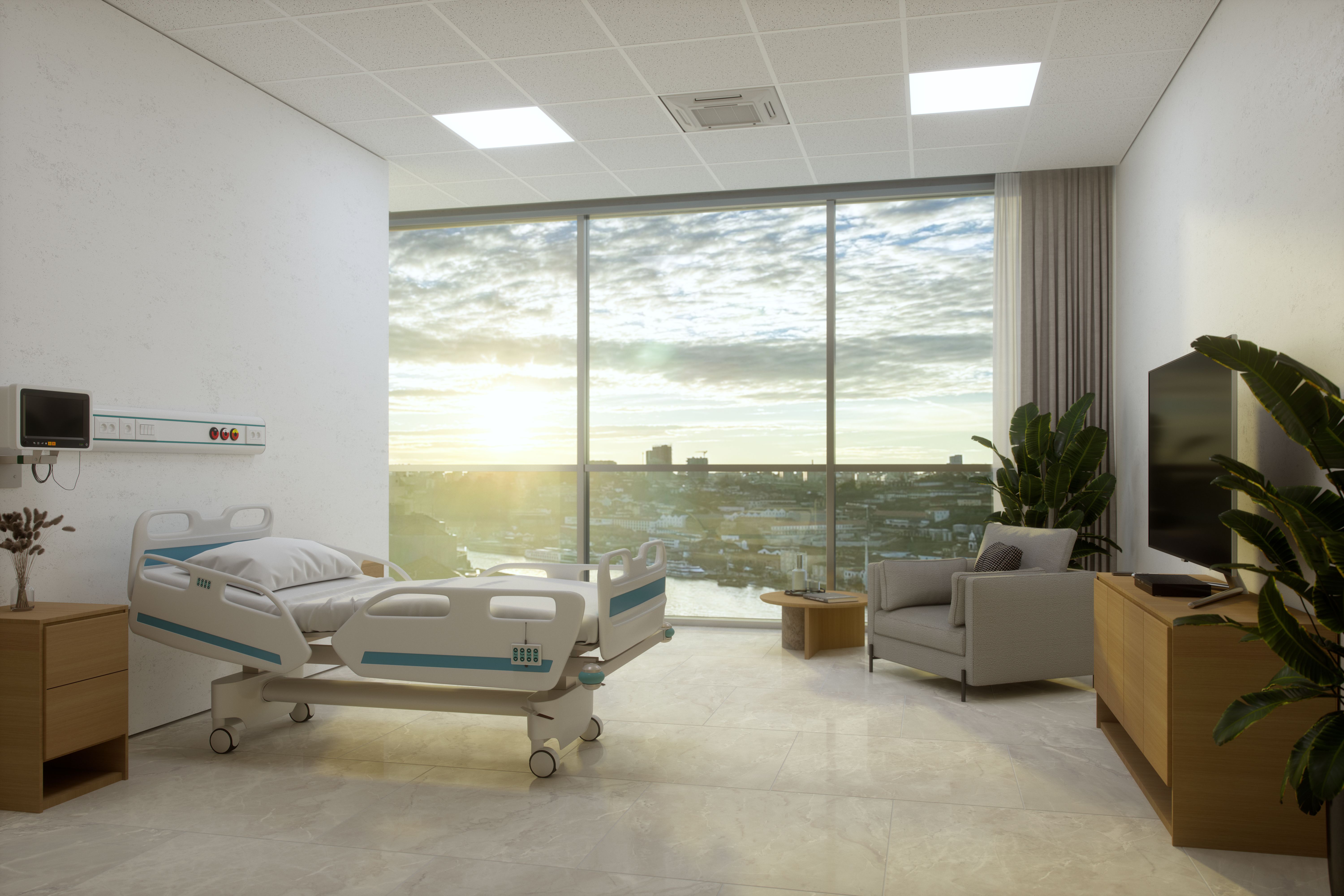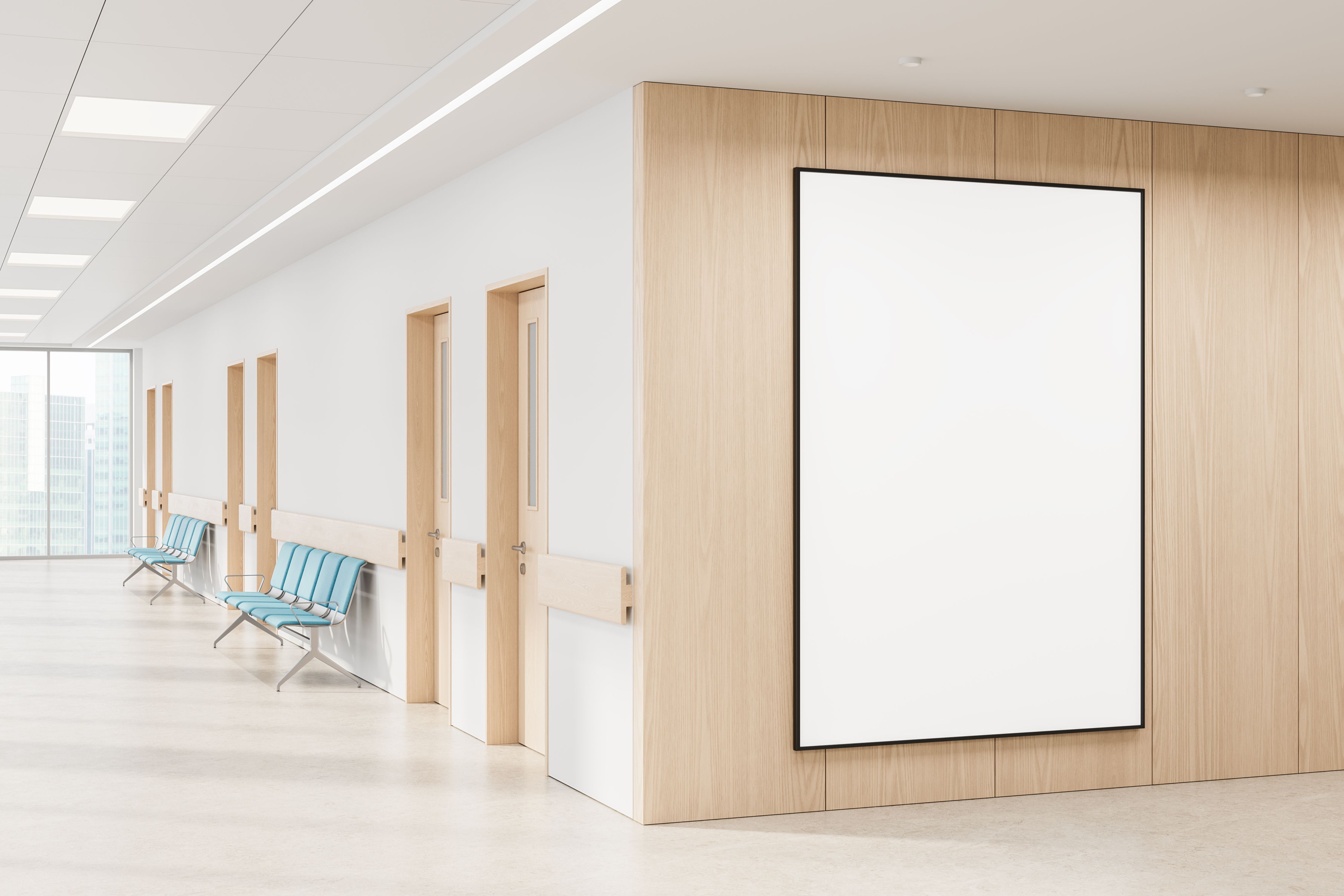Enhancing Healing: The Role of Interior Design in Hospitals
The Healing Power of Interior Design
In recent years, there has been an increasing recognition of the significant role that interior design plays in the healing process within hospital settings. The environment in which patients receive care can greatly influence their recovery, mood, and overall wellbeing. With thoughtful design, hospitals can transform into spaces that promote healing and comfort, rather than just places of treatment.

Creating a Calming Atmosphere
A key aspect of enhancing healing through interior design is the creation of a calming atmosphere. Colors, lighting, and materials all contribute to the ambiance of a hospital space. Soft, natural colors are often preferred as they can help reduce stress and anxiety. Similarly, natural light has been shown to improve mood and energy levels, making it an essential component in patient rooms and common areas.
Additionally, incorporating elements of nature, such as indoor plants or views of greenery, can have a therapeutic effect. These elements not only beautify the space but also provide patients with a sense of peace and relaxation, which is crucial for recovery.
Functional and Comfortable Spaces
While aesthetics are important, functionality and comfort should not be overlooked in hospital design. Patient rooms need to be equipped with comfortable furniture that accommodates both patients and visitors. Ergonomically designed chairs and beds can help prevent discomfort and promote better rest.

Furthermore, well-designed hospital layouts aim to minimize noise and disruptions. By using sound-absorbing materials and strategic placement of equipment, hospitals can create quieter environments conducive to healing.
Personalization and Patient-Centered Design
Personalization is another critical aspect of interior design in hospitals. Allowing patients to have some control over their environment, such as lighting or room temperature, can significantly enhance their sense of autonomy and comfort. This patient-centered approach acknowledges the unique needs and preferences of each individual, contributing to a more positive experience.
Moreover, incorporating artwork or personal items into patient rooms can make the space feel more familiar and inviting, helping to reduce feelings of isolation and depression often associated with prolonged hospital stays.

Technology Integration for Enhanced Care
Technology integration is vital in modern hospital design. Smart technology can be utilized to adjust lighting, temperature, and even provide entertainment options for patients. These innovations not only improve comfort but also streamline operations and enhance the overall efficiency of healthcare delivery.
Furthermore, digital signage can be used to guide visitors efficiently through the hospital, reducing stress and confusion in navigating large healthcare facilities.
The Role of Community Spaces
Community spaces within hospitals play a crucial role in supporting both patients and their families. These areas should be designed to encourage social interaction and provide a respite from the clinical environment. Comfortable seating areas, access to refreshments, and recreational spaces can offer much-needed relief and foster a sense of community.

In conclusion, the role of interior design in hospitals extends far beyond aesthetics. By prioritizing patient comfort, incorporating nature-inspired elements, and integrating technology, hospitals can create environments that promote healing and enhance the overall patient experience. As healthcare continues to evolve, thoughtful interior design will remain a cornerstone of effective patient care.
